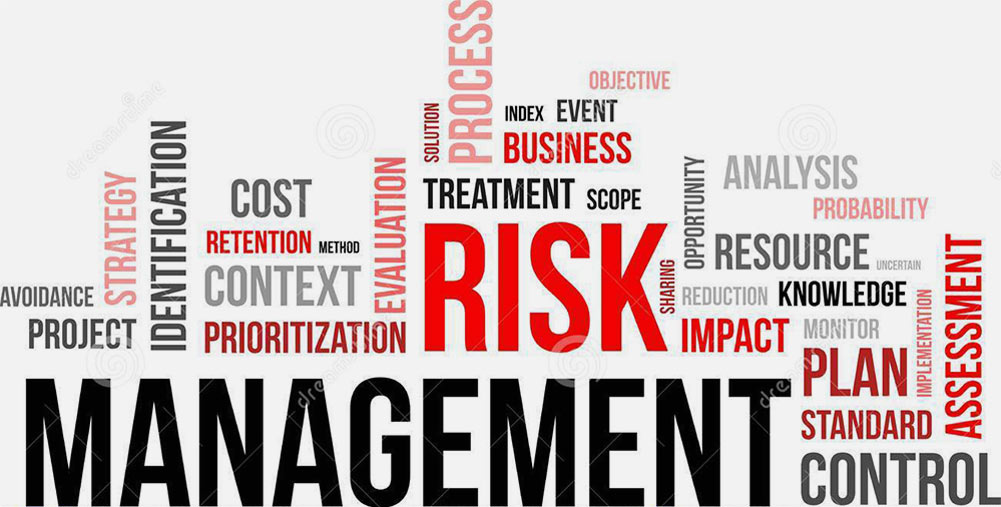Complete the form below and one of our team members will contact you with all the information required to book your Team Building Day.
Corporate risk assessment and risk management
Over many years, executives realized that simple deployment of a trustworthy security solution is not enough to protect data. As the data grows in size and complexity, the ways to protect it also become more complex. This is the reason why corporations today spend millions in risk management alone. Simple data security measures, such as locks on doors, closed circuit TVs, alarm systems, firewalls, antivirus applications, etc., are regarded as only a part of risk management. In order to have complete control over your data security, you need to deploy due diligence as well.
In corporate risk management, the types of risks are categorized as business risk, market risk, credit risk, and operational risk. Business risks are the most important and highly prioritized by all organizations; such risks may affect the entire products and services of an organization. Market risks include the price fluctuations and foreign exchange fluctuations. Credit risks involve currency- and liquidity-related issues. Operational risks include issues with customer satisfaction, failure of a product, reputation damage, etc.
As the first step of risk management, assess your assets. The assets of corporations do not include only the physical infrastructure but also the information and personnel. An assessment will tell you exactly what you are protecting. Also, in order to optimize the assessment, you need to prioritize the assets based on their worth. Some data can be important for business growth while some others may not be worth protecting. Only a diligent assessment can tell you which data is important for your organization.
Another important aspect of risk management is identifying the risk tolerance levels. For instance, you need to identify how much of a loss is acceptable to the organization. A large corporate may have individual departments that manage specific risks. An enterprise-level risk management solution can incorporate all these risks and make the management easier. Strategic planning of risk, identifying the competition and opportunities, is a major function of a centralized risk management solution.
Typical risk management functions include the following:
Strategic planning – identification of threats, opportunities, and initiatives to mitigate the risks
- Insurance – proper insurance coverage for the company
- Marketing – analyzing the customer base to ensure the best quality for products and services
- Compliance – monitoring of the code of conduct
- Finance – identifying financial risks; ensuring enough cash flow is there for business needs
- Legal analysis – litigations and analysis of new legal trends that may affect the company
- Operational QA – quality assurance of the products and services at all times
- Credit – analysis of customers’ credits and their ability to pay
- Customer support – ensuring the complaints are dealt with on time and appropriately
- Internal audit – ensuring the effectiveness of all the above risk management functions
A major challenge in risk management is the risks that are similar to (but not) market risks. Take the example of an oil corporation having oil reserves. These oil reserves are not in the market, and hence they don’t have a market value. However, the price of these reserves is always dependent on the market price of oil. These risks are always categorized as business risks rather than market risks. Identifying and managing such risks should be a priority for any organization.
For any organization, proper risk management and mitigation strategies play an important role in overall growth. Strategic planning is required to fully assess and mitigate the risk factors. Corporate risk management is a very vast area involving many tools, techniques, and practices.
Ray Mancini
EDUCATOR – TRAINER – AUTHOR
CEO – RAY MANCINI GROUP




